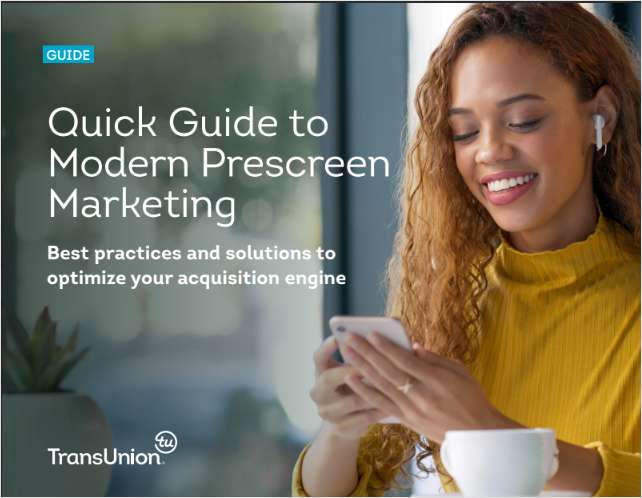 Do you think your employees are happy at work? Really? What if you knew that four of five of them were actively looking for a new job? Would that motive you to change your work environment?
Do you think your employees are happy at work? Really? What if you knew that four of five of them were actively looking for a new job? Would that motive you to change your work environment?
According to a poll by Right Management, the talent and career management unit with ManpowerGroup, 83% of nearly 900 workers who responded to an online poll say they “intend to actively seek a new position in the New Year.” Another 12% are considering making a move, and just 5% intend to stay put.
Right Management's conclusion is that companies should find out more about how their workers feel about their current work environment, and then take steps to redesign it based on feedback received. Those companies that don't listen to their employees face the astronomical costs of constant turnover, especially as the job market gets hotter by the month.
“Engagement, loyalty and job satisfaction should be top concerns for employers who want to keep their best talent,” said Scott Ahlstrand, Right Management's global practice leader for employee engagement. “High employee dissatisfaction has a ripple effect that can hurt the bottom line, disrupt productivity and damage morale.
“These numbers should signal a wake-up call for top management, when four out of five employees say they intend to look for employment elsewhere. Solutions to keeping the best talent on board all point to effective engagement that drives performance, satisfaction and loyalty. Employers must act now to engage top talent and prevent them from leaving for the competition,” Ahlstrand said.
Right Management offers these guidelines for getting feedback from employees and responding to it effectively:
Read more: Don't assume …
 1. Don't assume you know what they want.
1. Don't assume you know what they want.
And don't assume that what made employees at other companies happy will work for yours. Trying to improve the workplace climate generically or based on tips at a seminar or from a book won't work, because every workplace is different.
2. Start with an anonymous survey.
Your first task is to find out which aspects of their jobs matter most to your particular workforce. Quantitative research – an online survey that employees can fill out anonymously – will generate the best results. There are tons of free or cheap survey solutions. Find one. Use it.
3. Ask how you're doing on the issues they care about.
Your survey should offer employees a list of qualities that might make them value their jobs. These may include such items as career development, relationships with their direct managers, quality of the work their team produces, whether they feel their opinions are valued, and so on. Asking, “How much do you agree that this is important?” and “How good are we at this?” will get the best results. Look for the gaps between what they think is important and what your company is doing well. And ask what management can do to make things better.
 4. Plan possible responses ahead of time.
4. Plan possible responses ahead of time.
Although you're asking for their input, you should also have a plan of action in place, depending what you learn from their answer. Create a process for responding before you launch the survey. Who will respond? How will the responses be determined? Are the solutions you offer doable? Who will implement them? Make a plan that's realistic and will show you have heard the feedback. But don't let the plan become too hard to manage or to implement. Instead of trying to do everything you can think of, focus hard on the two or three areas employees tell you they care about the most.
5. Don't ask about things you can't or won't change.
Just as important as what's on the survey is what isn't there. When you ask employees about what they want, there's an implicit promise that you're going to do something about it. So don't ask a lot of questions about compensation if you have a system in place that you're not willing to change. Don't solicit input on details of the benefits package if you can't afford to add them into the package.
Complete your profile to continue reading and get FREE access to CUTimes.com, part of your ALM digital membership.
Your access to unlimited CUTimes.com content isn’t changing.
Once you are an ALM digital member, you’ll receive:
- Breaking credit union news and analysis, on-site and via our newsletters and custom alerts
- Weekly Shared Accounts podcast featuring exclusive interviews with industry leaders
- Educational webcasts, white papers, and ebooks from industry thought leaders
- Critical coverage of the commercial real estate and financial advisory markets on our other ALM sites, GlobeSt.com and ThinkAdvisor.com
Already have an account? Sign In Now
© 2024 ALM Global, LLC, All Rights Reserved. Request academic re-use from www.copyright.com. All other uses, submit a request to [email protected]. For more information visit Asset & Logo Licensing.









